John Major as political fashion icon: How a boring grey suit become shorthand for constancy, security and tradition
Whatever the achievements of John Major during his tenure in Downing Street, he is forever cast as the man in the grey suit, says Michael Collins
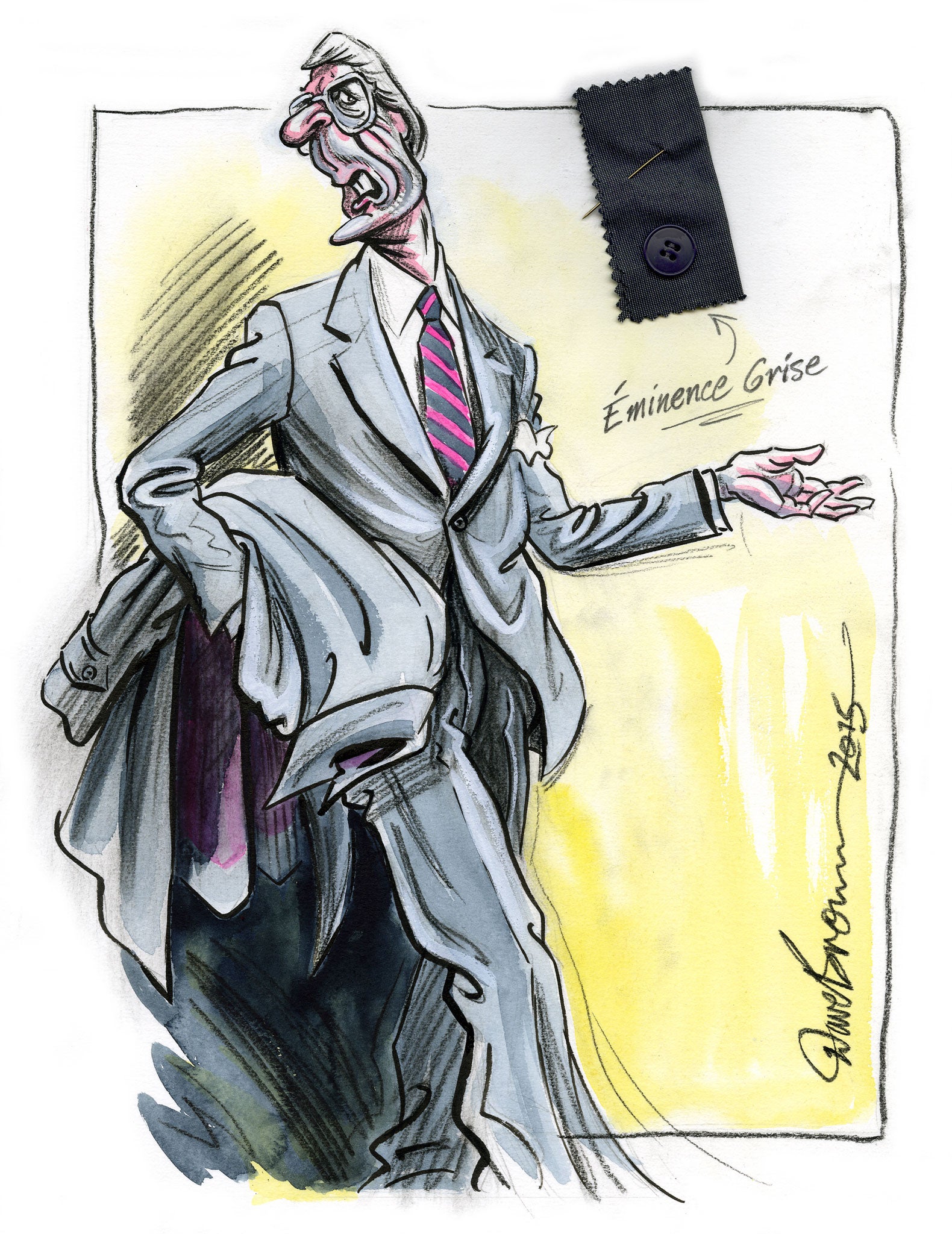
When he dressed in a crisp white suit and set about documenting the 1960s counterculture, Tom Wolfe was said to be using the suit as a mirror to reflect the status of others, so that he himself remained a mystery. There has been but one sighting of the white suit in British politics – when, like a white flag, it represented the independence of former TV war correspondent Martin Bell during his brief stint as an MP.
While the catwalks of fashion week play host to Rick Owens' boy frocks, with peep-holes for an exposed penis, Parliament remains the first and final resting place of the traditional (some might say bland and boring) suit. The choice of colour? One of two shades of grey, rather than 50. Fashion and politics have always made for strange bedfellows, particularly when it comes to menswear, on both sides of the house.
Whatever the achievements of John Major during his tenure in Downing Street, he is forever cast as the man in the grey suit. Even when his affair with Edwina Currie emerged, no one truly believed that there was anything else to him other than a vest and underpants that were possibly held up by braces. David Lloyd George once said of an MP that crossed the floor that he "has sat for so long on the fence that the iron entered his soul". With Major, it was as though the slate-grey of his suits had seeped into his hair, complexion and soul. At least, that was the view of his critics, and the team at Spitting Image.
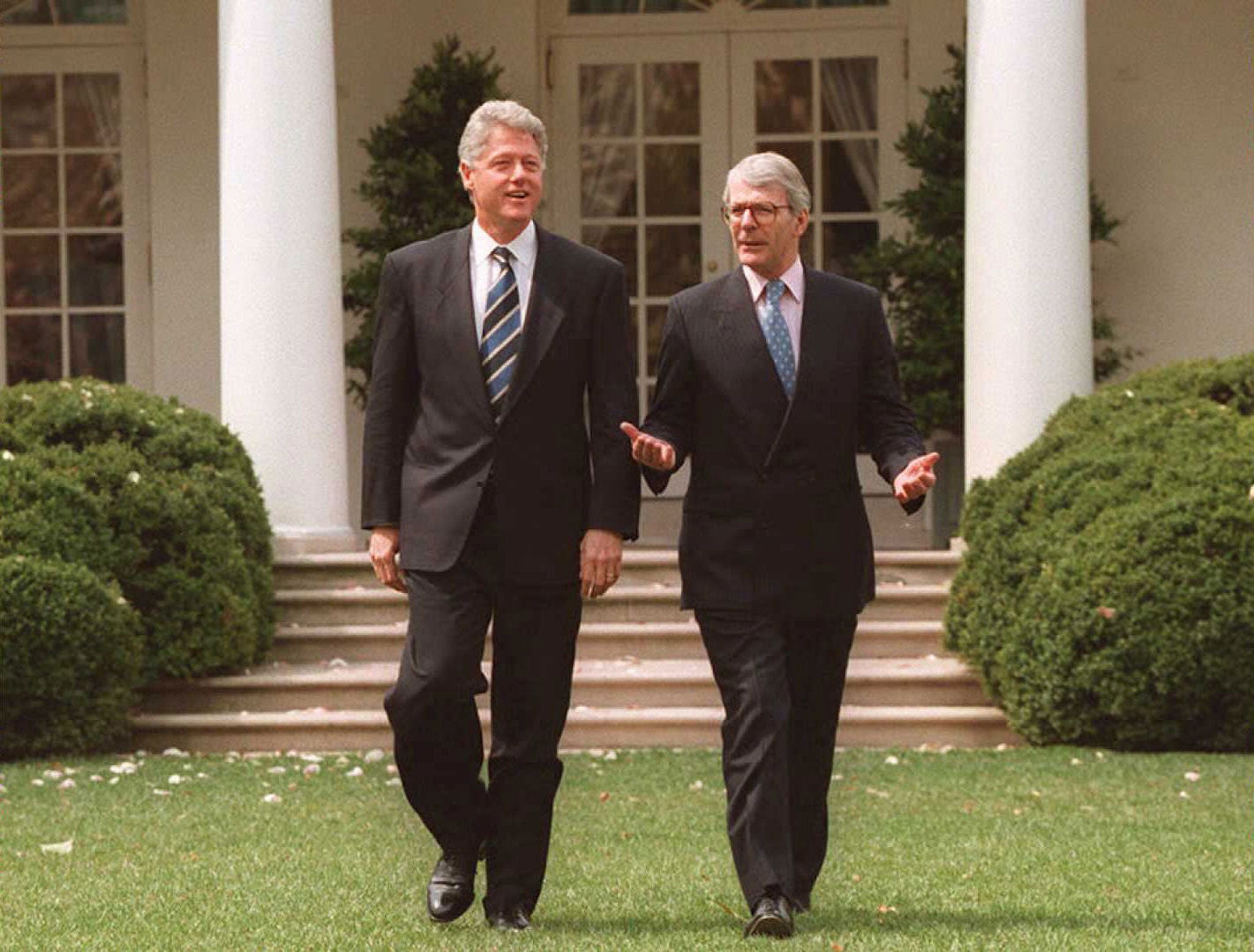
Yet there was something paradoxical about the charges levelled at Major by way of his attire. He was a fossilised version of conformity at the head of a party criticised for its rugged individualism. The look of John Major was such an anachronism during his time as Prime Minister – and on someone holding high office so young (one forgets he was only three years older than Tony Blair was in 1997 when he took office) – that it became shrouded in a kind of strangeness. This was normal taken to an extreme, in a moment when extreme oddness was moving into the mainstream. He was like a missing band member from Dexys Midnight Runners suited and booted on the cover of Don't Stand Me Down, and Kraftwerk circa Trans-Europe Express.
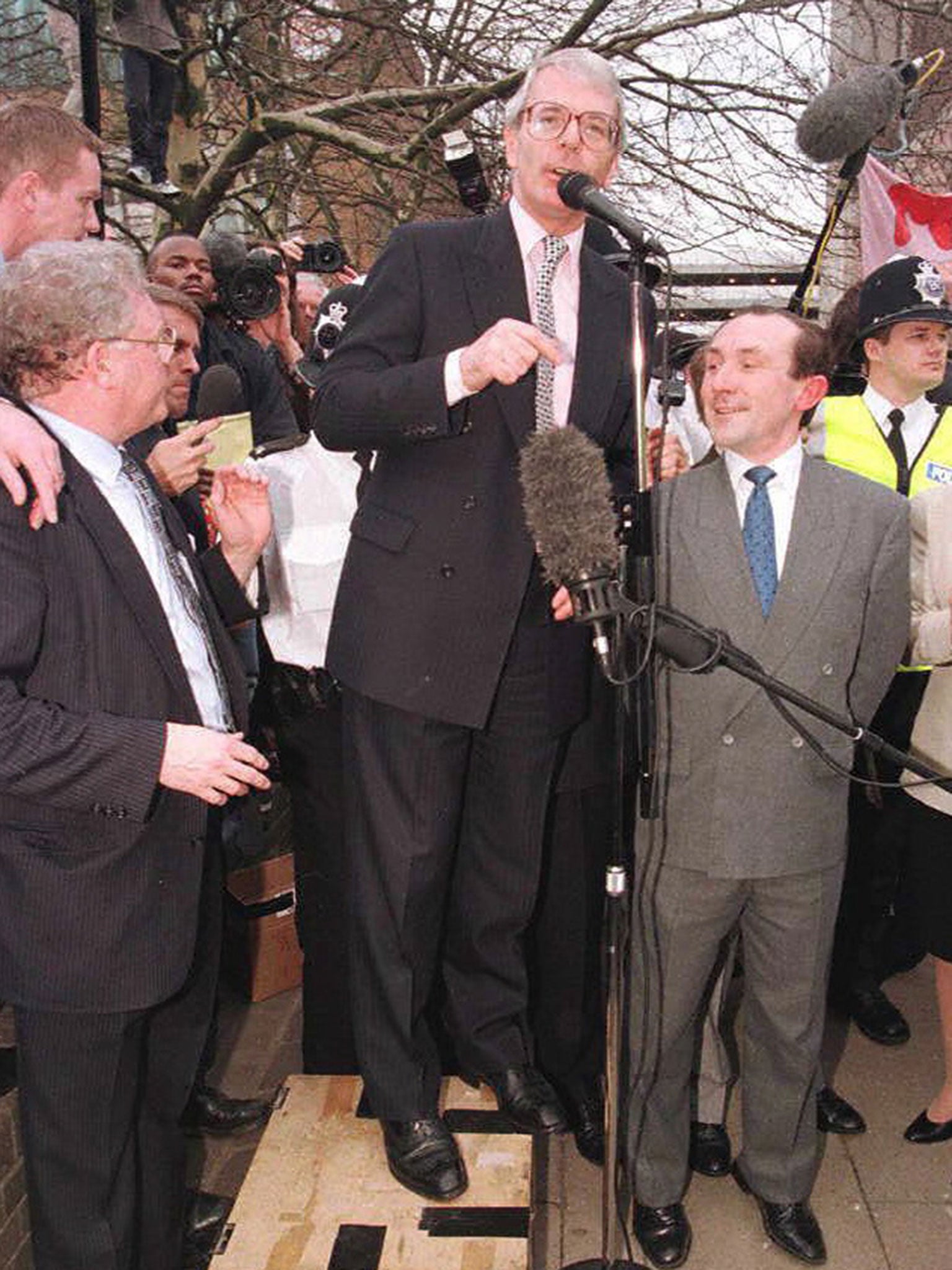
Like his predecessor Margaret Thatcher, Major hailed from comparatively humble origins in an institution where pedigree, birthright and postcode dominated. It wasn't simply that he was wearing a suit, it was that he was wearing the wrong suit. This was not made-to-measure from Savile Row (or the Armani that Blair opted for later) but a nod to the commuter belt and executive suite suit of the organisation man of 1950s America. As Tom Rath, the protagonist of Sloan Wilson's suburban novel of the era The Man in the Gray Flannel Suit says, "I care nothing for myself. I am a dedicated human being".
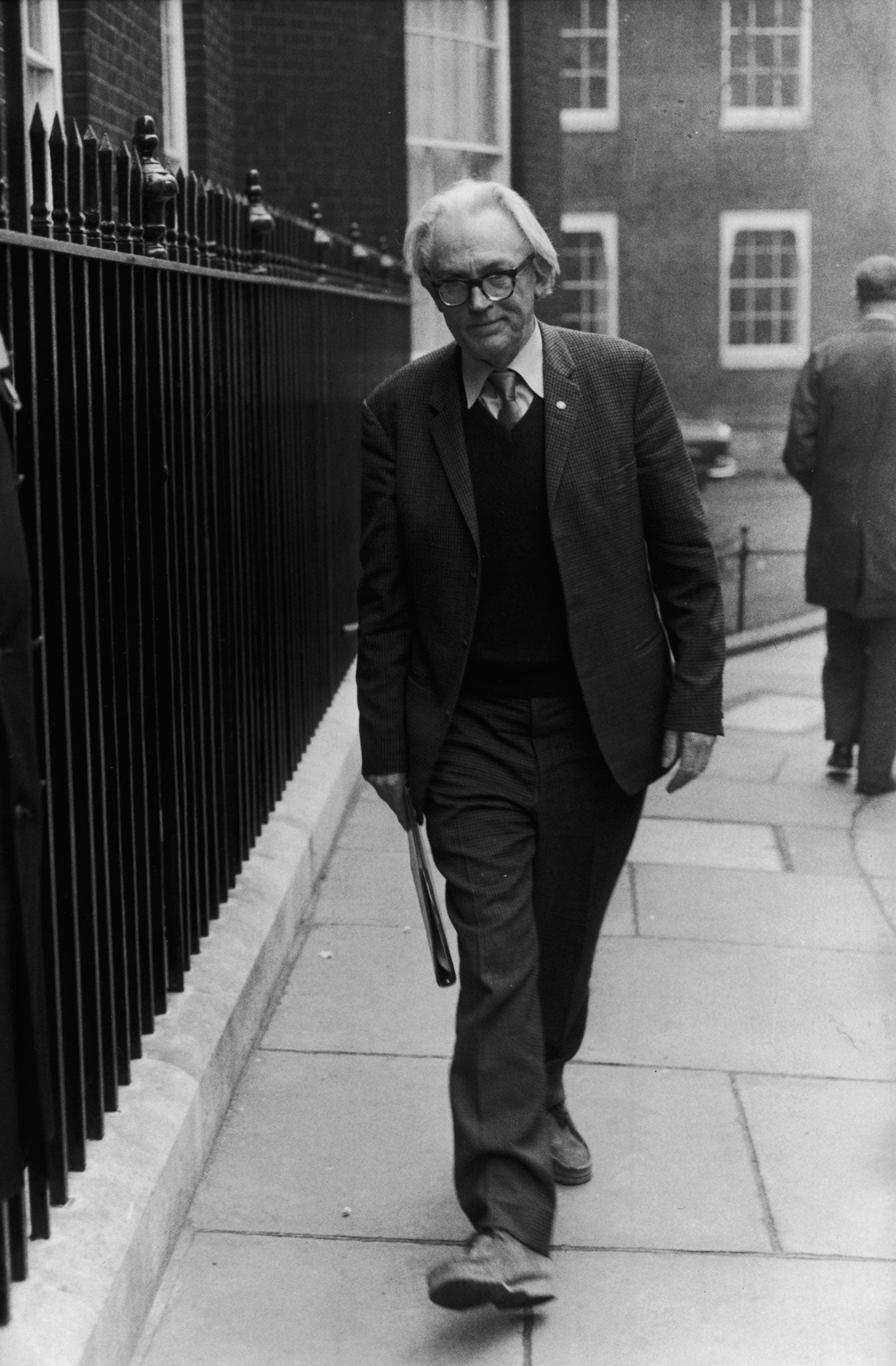
The Major suit, and by extension the boring grey suit in politics, had become shorthand for constancy, security and tradition, in a changing world. For the wearer, it was a way of conveying that he had no time for vanity or the fripperies of fashion; his loyalty was to the company, the party, the cause – the people, even. In this supposed absence of vanity, there is equally something of the self-imposed austerity of the English puritan. A figure that was said to wear "the odious and ridiculous parts of their character" on the surface. Nothing was concealed; all was revealed. Similar could be said of politicians. But in recent times they've moved towards the casual on weekends away from the Westminster village. It's a bid to embrace modernity and empathise with the masses.
Suits were returned to the closet as we witnessed Tories tie-less and in shirt sleeves, and their Labour numbers in V-necks and denim. The shrimp-pink chino and the mustard cord, once synonymous with the fey ways of the effete outsider, were enjoying a renaissance from Chequers to Chipping Norton. These were donned for photoshoots when MPs were snapped outside their country piles offering condolences following the death of a princess, the bombing of a city, or apologising for extra-marital affairs and expenses.
But it's the desperate attempts by members of the House to be relevant, by way of accessories, that sticks in the mind. That ill-advised PR move by William Hague – in the crowd at the Notting Hill carnival, under a baseball cap. More recently, there was something disappointing – sartorially, at least – about Labour's Harriet Harman wearing a 'This Is What A Feminist Looks Like' T-shirt at the despatch box. Whatever mistakes David Cameron may have made in office, opting out of wearing this item – while Clegg and Miliband chose to – was a shrewd move.

Historically, it is those on the left that make the biggest fashion faux pas in an effort to be anti-fashion, and cast themselves as one of the people. Although a manifesto described as "the longest suicide note in history" contributed to Labour's election defeat in 1983, the look of the party leader, Michael Foot, played a part. As much as he claimed to represent the spirit of the time, he was a throwback to the 1950s, and earlier. The duffel coat and long hair were a hangover from the Aldermaston march, and an era when Foot, the young radical, said "the nation needed to be won over by socialism". Oblivious to the news that the working class was sick of austerity, the demobbed suit, and rationing and were embracing consumerism, even appropriating the dandified Edwardian look of another class, when it came to the teddy boy.
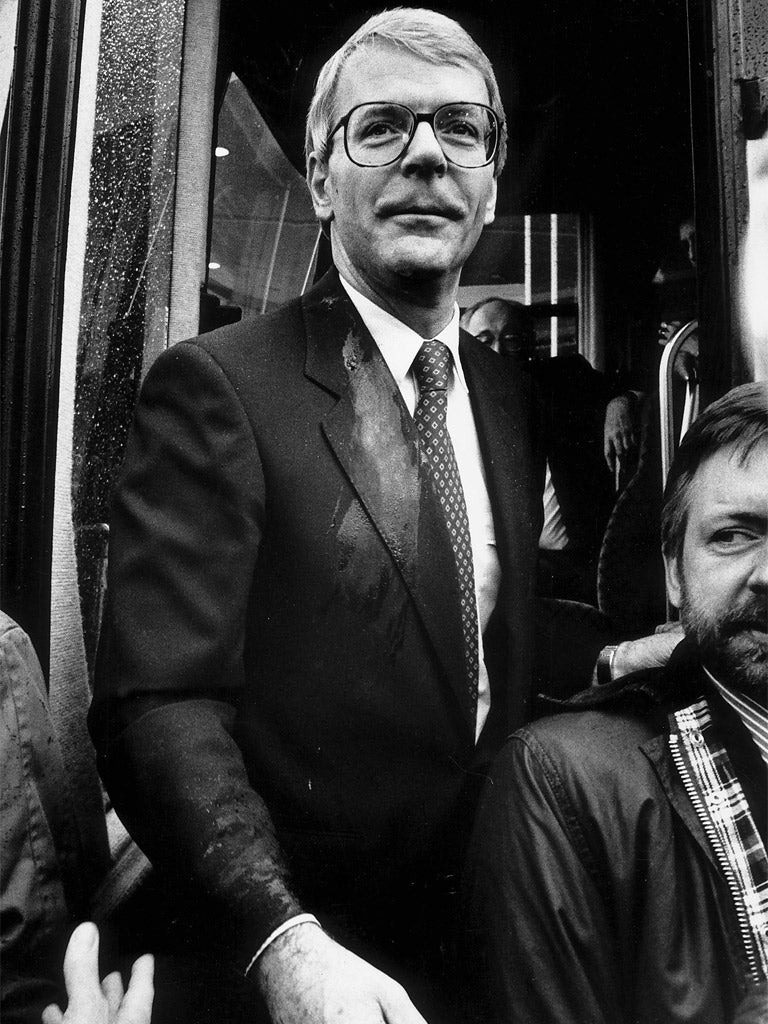
Similar were the attempts of the left-wing aristocrat Anthony Wedgwood Benn to cast himself as working class by removing much of his privileged past from Who's Who, dressing in archaic ties and a dishevelled suit. The whole routine smacked of self-conscious posturing that not many would fall for. In such instances, there is an element of the character actor in the politician, when it comes to their wardrobe. A trend that brings to mind the words of fashion writer Christopher Laverty when describing the costumes and characters in Wes Anderson's recent The Grand Budapest Hotel: "They wear clothes as armour, as subtext, or, crucially, as a visual bait-and-switch. When the armour cracks or is discarded, we notice. We can read their interiors by studying their exteriors".
Join our commenting forum
Join thought-provoking conversations, follow other Independent readers and see their replies
Comments